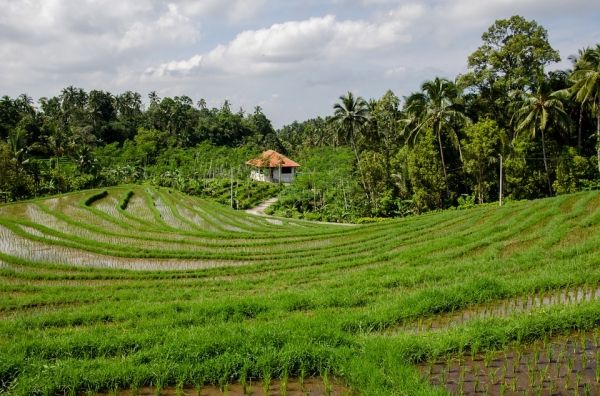A University of Oklahoma-led study shows that paddy rice (both area and plant growth) is significantly related to the spatial-temporal dynamics of atmospheric methane concentration in monsoon Asia, where 87% of paddy rice fields are situated in the world.
Methane is one of the major greenhouse gases. It has a lifetime of 12.4 years and its global warming potential is approximately 86 times higher than carbon dioxide over a 20-year period.
“Rice paddy is a large source of methane emission; however, it has been a challenging task to attribute relative role of rice paddy in the spatial distribution, seasonal dynamics and interannual variation of atmospheric methane concentration as measured by spaceborne sensors,” said Xiangming Xiao, a member of the Earth Observation and Modeling Facility at OU and a professor in the Department of Microbiology and Plant Biology who coordinated this interdisciplinary study.
Over the past few years, researchers at OU developed annual paddy rice maps at 500-meter spatial resolution and quantified the spatial-temporal changes in rice paddy area in monsoon Asia during 2000-2015. By combining the annual paddy rice maps, rice plant growth data and atmospheric methane concentration (XCH4) data, researchers found strong spatial consistencies between rice paddy area and XCH4 and seasonal consistencies between rice plant growth and XCH4, including both single rice and double rice fields. Results from the study also yielded a decreasing trend in rice paddy area in monsoon Asia since 2007. This suggests that the change in rice paddy area could not be one of the major drivers for the renewed XCH4 growth since 2007.
Read more at University of Oklahoma
Photo credit: Skitterphoto via Pixabay


